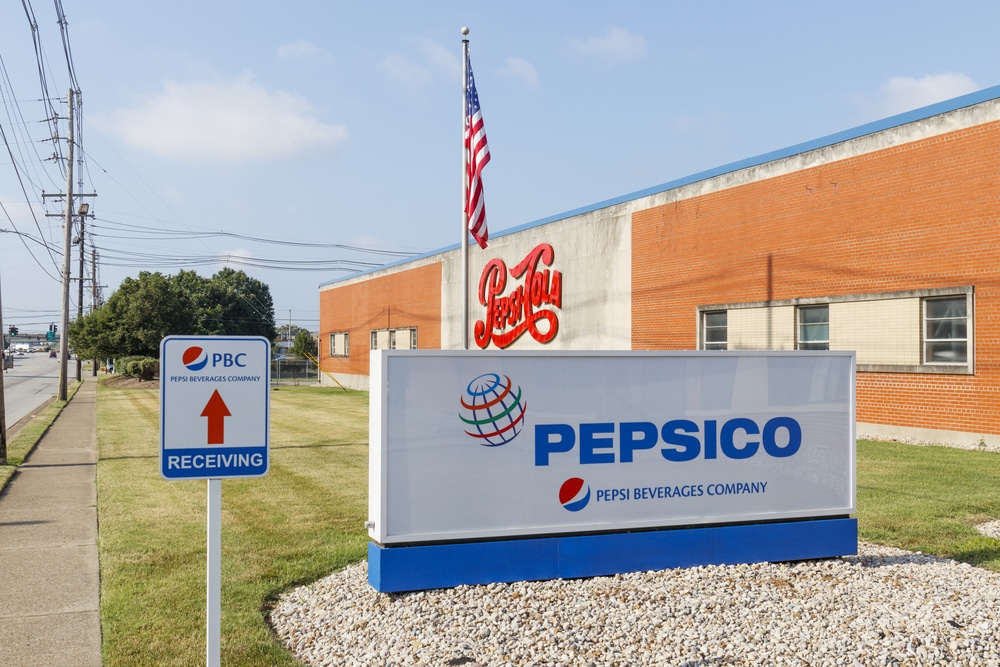
It may be a while since you’ve installed an HVAC system in your home. Listening to the sounds of airflow, you may be unsure if you installed it correctly. Sound familiar?
Installing an HVAC system is no joke. If you make a mistake, you can have hazardous air circulation, low airflow, and energy inefficiency.
We understand how hard it is to get through the installation, so we created this guide to help avoid common HVAC installation errors.
1. Incorrect Sizing
If the system is not properly sized, it may not be able to keep the temperature of an area consistent and efficient. This can lead to undesirable temperatures and increased energy use. To ensure proper sizing, the contractor should measure the square footage of the area.
They need to calculate the insulation factor and climate and research the type of HVAC system that is best for the environment. Additionally, the contractor should be aware of the local building codes. This includes the size of the ducts and the power of the system.
2. Improper Ductwork
Improper ductwork is one of the most common HVAC installation errors. It can result in lost or misdirected airflow within a home or commercial space, compromised energy efficiency, and even safety hazards. Common issues associated with improper ductwork include inadequate insulation, incorrect sizing, and poor installation processes and techniques such as sealing the wrong type of material.
To avoid these errors, professionals should measure the appropriate size of the duct for the specific job and ensure enough insulation is installed. Additionally, they should make sure that ducts are sealed with the appropriate type of material for the job. By taking all these measures and more, practitioners can reduce their chances of error and get the best results in safety, and energy efficiency from their HVAC installations.
3. Poorly Connected or Insulated Electrical Wiring
Poor connections can lead to voltage fluctuations, overheating, and the failure of electrical components. Proper insulation of the wires also helps to prevent damage to the insulation. This can reduce the possibility of fire, and keep energy efficiency at an optimal level.
To avoid these errors, inexperienced technicians should ensure that all electrical contacts are tightened and secured. It is also recommended to inspect all wires, terminals, and insulation for signs of deterioration or damage before installation.
Additionally, an experienced HVAC technician should make sure to label all the wires and securely fasten them to their respective terminals before installation. It is best to avoid any DIY installation of your home’s HVAC system.
Using proper tools and following manufacturing industry guidelines and industry best practices is essential for a successful installation. Antons HVAC Services, for example, takes pride in providing high-quality professional HVAC installations to its clients.
4. Neglecting Seal Penetrations and Joints
This occurs when contractors fail to seal gaps between joints or loops in the ducts, resulting in a lack of airtightness. To avoid these errors, make sure to use high-quality sealants during the installation process. Make sure the sealant is compatible with the particular joint and that it is spread and fills in the gap.
Additionally, take the time to use enough sealants to ensure an airtight joint or loop. Also, when possible, use tape to reinforce the sealant to add strength and ensure an airtight seal. Doing so will help to ensure the HVAC system runs and meets efficiency standards.
5. Improper Control Wiring
This happens when wires are not connected in the right way or when the wrong type of wiring is used. This error can lead to frequent errors or malfunctions in the system. To avoid such errors, it is important to first assess the control wiring of the system.
This includes the type, voltage, configuration, and power of the wiring system. Furthermore, the wiring should be checked for any possible shorts or any other problems with the installation.
Professional technicians should be employed for the job so that the system will work properly and safely. Proper care should also be taken to check for any loose connections and to use the recommended types of connectors and fasteners for the wiring.
6. Inadequate Size Return Air Grilles
If return air grilles are too small, they cannot allow enough airflow to the blower motor, resulting in pressure drop and reduced airflow. To avoid this issue, return air grilles must be sized based on the total return air capacity of the static pressure system. Take into account the air filter’s drop, friction losses, and total return air area.
It is important to select the right-sized grilles to ensure that the return air is moving through the ducts and the supply air to the space is the same. Additionally, when installing return air grilles, it is important to ensure that air is drawn from many areas in the space. This helps to ensure proper air circulation and even heating and cooling.
7. Improper Location of Outdoor Component
If the outdoor HVAC unit is not installed in the appropriate location it can cause issues such as noise or dust entering the indoor environment. This can lead to indoor air quality issues and discomfort. The outdoor component should be installed away from people, plants, and pets to ensure the system operates at an optimal temperature.
Additionally, the component should not be exposed to the sun, as this will cause it to overheat and reduce efficiency. By taking the necessary precautions when installing the outdoor component, one can ensure that they get the most benefit from their investment in an HVAC system.
The Most Common HVAC Installation Errors to Avoid
To avoid costly common HVAC installation errors, ensure that only certified professionals are used. Periodic maintenance should also be performed to ensure that the system continues to operate at peak efficiency.
Research and review companies before committing to any service, so you can be sure you’re choosing the best service for your individual needs. Reach out to an HVAC professional today to make sure your system is installed.
Keep coming back for more tips on how to make your home safer and more comfortable.









